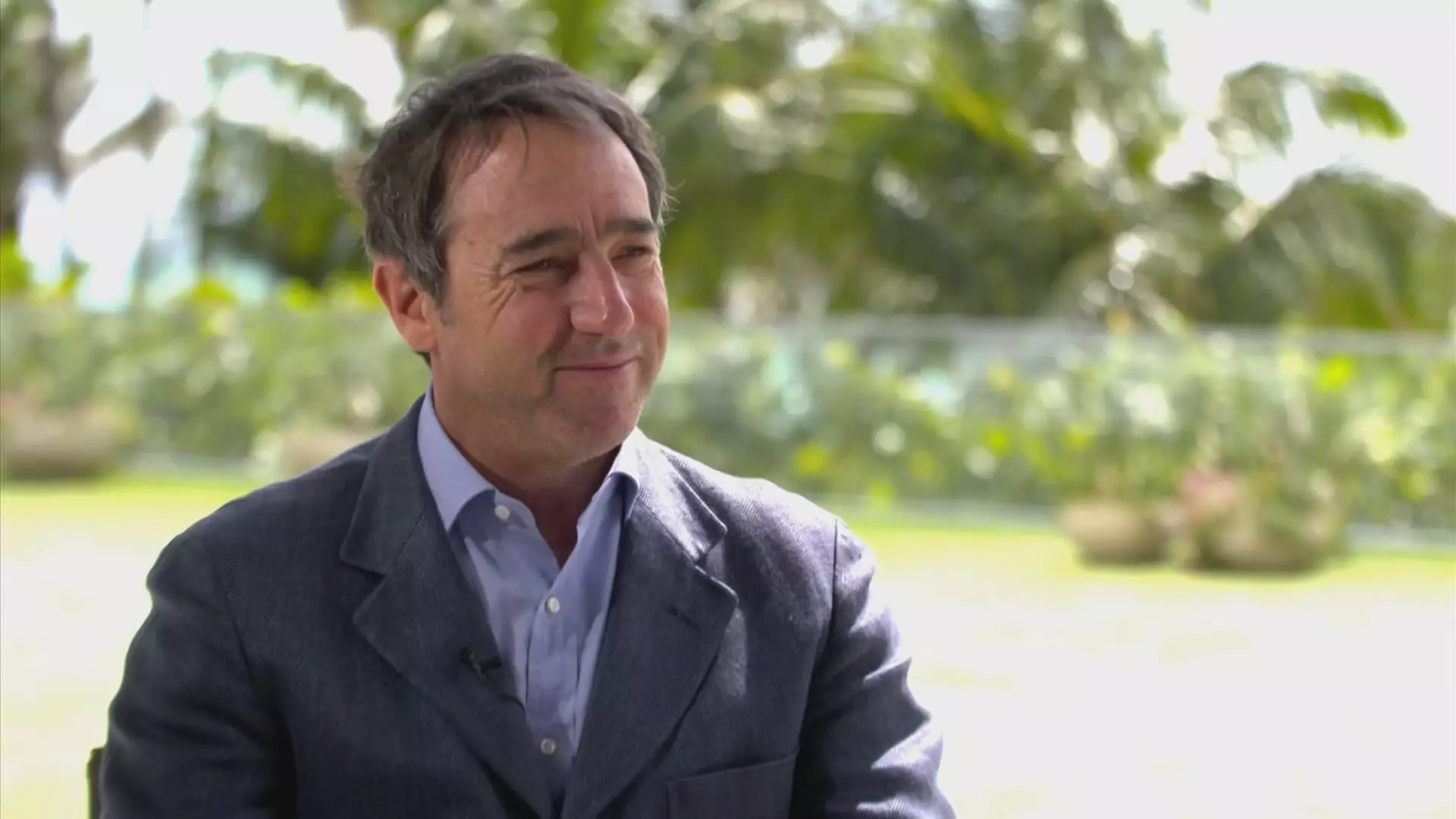As the tectonic plates of global trade shift beneath the feet of old giants, Latin America stands at a pivotal crossroads, poised to seize unprecedented opportunity amidst the escalating U.S.-China trade war. For too long, the region has been viewed as an afterthought in global economic discussions. However, with a new political climate and forward-thinking leaders like Argentina’s President Javier Milei adopting free-market reforms, the stage is set for Latin American economies to thrive. The potential gains in manufacturing and exports could propel the region into a much-deserved spotlight.
Free Trade: Key to Unlocking Potential
What sets Latin America apart in this current climate is its advantageous trade agreements, particularly Mexico’s strong ties with the U.S. The absence of crippling tariffs on goods from Mexico offers an opening for U.S. firms to relocate operations, effectively reshaping supply chains. As American companies seek alternatives to Chinese manufacturing, Latin America—especially Mexico—could emerge as a leading destination. This isn’t merely a fleeting opportunity; it could mark a permanent transition in how sourcing and supply chain strategies evolve globally.
The Daring Vision of Marcos Galperin
Marcos Galperin, the CEO of MercadoLibre, has already seen the effects of this seismic shift reflected in his company’s burgeoning stock prices. His confidence that Latin America could leverage current tensions exemplifies a fresh leadership perspective that prioritizes innovation and agility. By rooting for deregulation and a free-market approach, Galperin underscores the importance of structural changes that foster business growth and stability. His vision could spark a new wave of entrepreneurial spirit across the region, urging businesses to innovate and adapt.
Argentina’s New Economic Direction
With President Javier Milei initiating significant changes in Argentina’s protectionist policies, the country could redefine itself from a stagnating economy to one ripe with opportunities. The slashing of tariffs and import restrictions is a bold move that signals a willingness to embrace competition, drawing on the strengths of Latin American resources while promoting global trade. It is a gamble that comes with inherent risks, but the potential rewards could be staggering; Argentina may bask in the economic glow previously shunned by the international community.
The Long-Standing Challenges
Yet, while the prospects are thrilling, the reality is tinged with skepticism. The transition from a protectionist to a free-market economy is fraught with complexity. Historical baggage, including economic volatility and entrenched bureaucracies, poses serious hurdles. One cannot ignore the potential for growing pains as businesses and consumers adjust to new realities. Leaders like Galperin are taking risks, but the successful navigation of this new landscape will depend on stringent economic oversight and successful implementation of policies.
The Future Is Unwritten
The dynamics of international trade are evolving, and with it, Latin America’s potential. There is an opportunity for major stakeholders—from governments to businesses—to craft a robust, interconnected economy capable of weathering global uncertainties. If Latin America embraces its potential with conviction and clarity, it might just emerge not as the forgotten continent, but as an economic powerhouse that plays a critical role on the global stage. The world is watching, and the clock is ticking.

